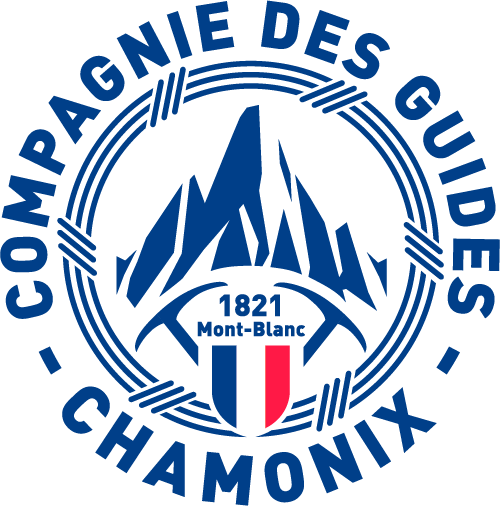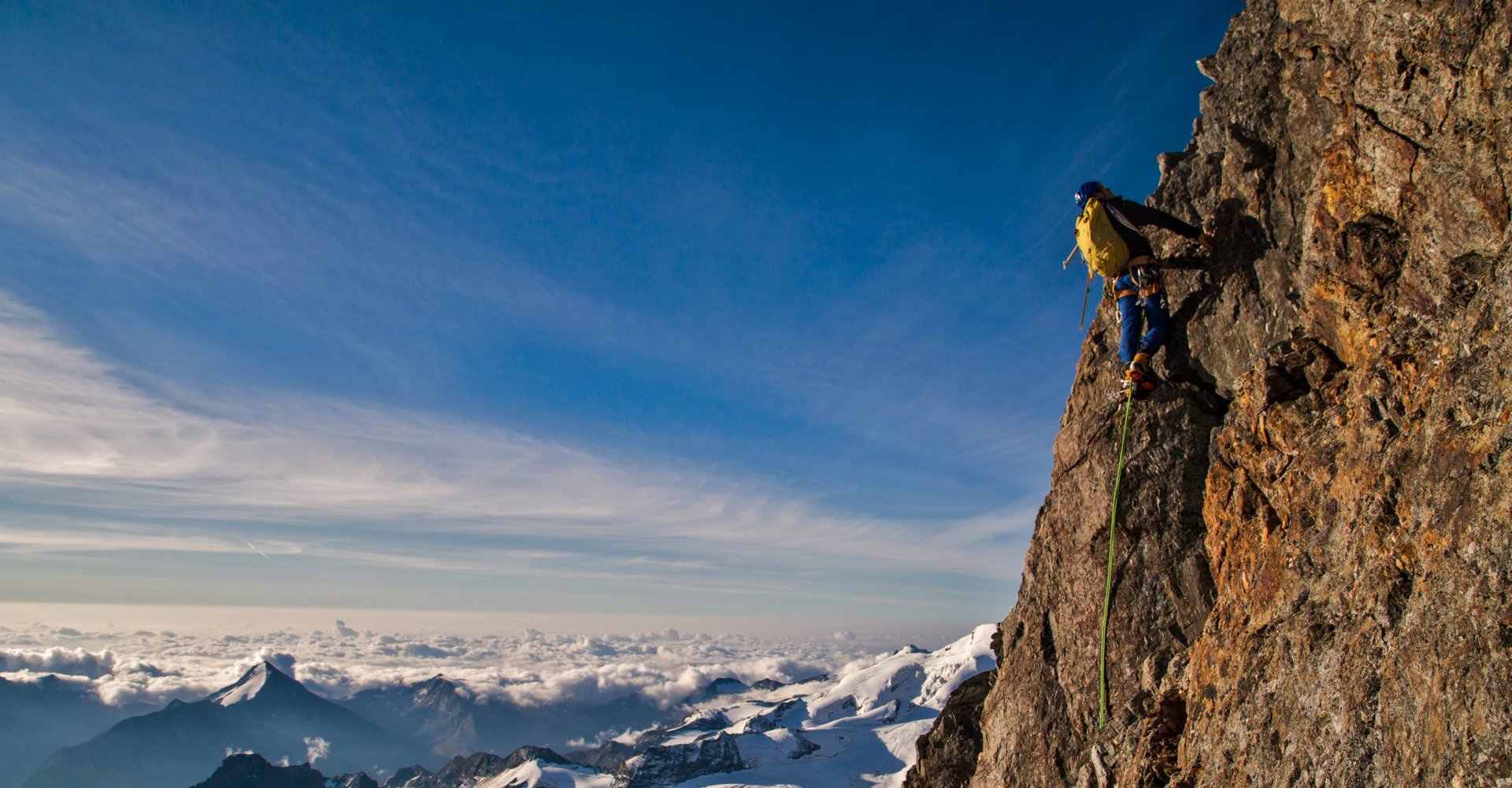Follow us
Mountaineering Autonomy & Safety course Level 3





Physical Level 1: For individuals who engage in occasional physical activities, positive elevation gain of up to 300m.
Physical Level 2: For individuals who engage in regular physical activities, positive elevation gain of up to 600m or routes above 3500m.
Physical Level 3: For individuals who engage in regular endurance activities, positive elevation gain of up to 900m or routes above 4000m.
Physical Level 4: For individuals who engage in regular endurance activities, positive elevation gain of up to 1300m.
Physical Level 5: For individuals who engage in intensive endurance activities, positive elevation gain exceeding 1300m.





Technical Level 1: For regular hikers wishing to discover mountaineering. The route is not very steep and is well-marked, or the activity may also take place in beginner-friendly areas.
Technical Level 2: For experienced hikers wishing to discover mountaineering. The route includes short, steep sections and may involve scree or rocky ridges, requiring surefootedness.
Technical Level 3: For occasional mountaineers (2 to 5 recent outings). The route includes steep sections requiring prior climbing experience at a French grade 3c level and/or mastery of crampons and ice axe use.
Technical Level 4: For regular mountaineers (5 to 10 recent outings). The route requires climbing at a French grade 4c level and mastery of mountaineering techniques, including the use of crampons and an ice axe, as well as basic roping and belaying techniques.
Technical Level 5: For experienced mountaineers (more than 10 recent outings). The route requires climbing above a French grade 4c level and mastery of mountaineering techniques, including the use of crampons and ice axes for ice climbing, as well as advanced roping and belaying techniques.
Our Autonomy & Safety courses are designed to help you achieve independent ascents. A key feature of our courses is the exclusive ratio of 3 to 4 participants per guide, ensuring personalized attention and a program fully tailored to your needs. These courses are ideal for those looking to progress step by step, through a learning process focused on self-reliance. Each course includes at least one night in a mountain hut, allowing you to fully experience the atmosphere and unique moments of exchange.
Our Autonomy & Safety - Level 3 course is the final step in our training program. It focuses on progression techniques in trad rock and/or mixed terrain. After a one-day climb, you will set up a base camp with your guide for three days of full immersion in the Mont Blanc massif. Registration requires essential prerequisites to ensure optimal learning: you must be proficient in all belaying techniques in climbing, including abseiling and multi-pitch techniques, and be capable of leading climbs at 5b French grade. You must also have received training in crevasse rescue and have independently completed a mixed route at PD+ level. If you are looking for an experience focused on techniques specific to crack climbing, we recommend our dedicated crack climbing course.
Objectives of the Autonomy & Safety - Level 3 course
- Strengthening your safety management skills in trad rock and/or mixed terrain
- Consolidating your ability to assess and manage risks
- Training in first aid for mountain environments
Group session associates several people who don’t know each other. It allows for a planned program to benefit from an attractive price on fixed dates. This formula is ideal for people looking for the friendliness of a group.
Dates : See below for the group booking module
Price 2025 : 945€ per person based on minimum of 3 participants
Registration possible from age 18
Included in the package :
- IFMGA English speaking mountain guiding service
- two half-board in hut (dinner, breakfast and night)
- lift access as per programme
Not included in the package :
- personal drinks and other personal expenses (we recommend you bring Euros)
- take out lunches and daily snacks
- cost of getting to meeting point
- personal technical equipment including your mountaineering shoes
Private guiding is the historical relationship that binds a guide to his/her client. It allows you to be alone, or in a constituted group, with your guide that meets your specific needs. It is undoubtedly the ideal formula to realize your projects because it guarantees you a maximum of comfort. You are free to choose your departure date and the itinerary can be adjusted, according to your specific expectations.
Prices 2025 :
2 people : 1625€ per person
3 people : 1165€ per person
4 people : 940€ per person
Included in the package :
- IFMGA English speaking mountain guiding service
- two half-board in hut (dinner, breakfast and night)
- lift access as per programme
Not included in the package :
- personal drinks and other personal expenses (we recommend you bring Euros)
- take out lunches and daily snacks
- cost of getting to meeting point
- personal technical equipment including your mountaineering shoes
In this section, find all the information about this activity. To prepare your trip effectively, refer to the guides’ tips. They share their expertise and recommendations, ensuring you have a great experience.
Meeting point : Meet at 8.30am at the Chamonix Guides Company: 190 place de l’église.
Physical level : For people who regularly exercise/take part in sports. Six to seven hours of exercise per day
Technical level : You should have prior mountaineering experience and aim to achieve autonomy. Ideally, you have completed our Autonomy & Safety Level 2 course.
Prerequisites : I am proficient in all belaying techniques in climbing, including abseiling and multi-pitch techniques, and I am capable of leading climbs at 5b French grade. I have received training in crevasse rescue and I have independently completed a mixed route at PD+ level
Guiding policy : 3 to 4 people. The Compagnie des Guides de Chamonix's guiding policy guarantees the most balanced groups as possible as well as high-quality personalised advice.Registration possible from age 18
Accommodation : Two Half-board in hut on Day 2&3 (Dinner, breakfast & night).
Documentation : Participants must have mountain sports insurance with repatriation cover. We strongly recommend that this also includes cancellation cover. You can take out insurance when you sign up. Participants must also take valid ID with them.
Documents available for download
We recommend you take particular care over you choice of equipment, as it plays a large role in the success of your trip. Weight is critical, and you must always evaluate the weight-to-comfort ratio to find the best compromise.
Equipment
- 35-litre backpack
- Climbing shoes, rentable
- Mountaineering boots, rentable
- Gaiters, if needed for your trousers
- Telescopic trekking poles, rentable
- Crampons with anti-balling plates; helmet, harness and straight ice axe, rentable
- Mandatory technical equipment : 1 double lanyard, 1 directional screwgate carabiner, 1 belay device with a screwgate carabiner, 2 ice screws (13 cm) with straight-gate carabiners, 2 slings (120 cm) with straight-gate carabiners, 1 Micro Traction pulley with a screwgate carabiner, 1 Tibloc device with a screwgate carabiner, and 1 prusik (minimum 50 cm) with a screwgate carabiner, 10 quickdraws, 5 Camalot-type cams (0.3, 0.4, 0.5, 0.75, 1) with straight-gate carabiners, 1 pearlock screwgate carabiner.
Clothing
- Warm hat that can be worn under a helmet
- Sun hat or cap
- Neck protection such as a ‘Buff’
- ‘Micro-fibre’ style long-sleeve base layer
- Fleece
- ‘Gore Tex’ style shell jacket with hood, rentable
- Down jacket
- Base layer leggings
- Durable summer mountaineering trousers (not ski trousers)
- ‘Gore Tex’ style over-trousers, rentable
- Warm specialist walking socks
- Lightweight specialist walking socks
- Ski gloves or good quality mitts
- Leather or fleece gloves
- Change of clothes at your discretion
Accessories
- Category 4 sunglasses
- Headtorch plus spare batteries
- Sheet sleeping bag
- Water bottle (minimum 1.5l) and thermos bottle
- Personalised first aid kit with a minimum of: sun cream, lip balm, cotton buds, blister kit, antisickness medication
- Watertight bag to contain your ID/passport and Euros
Our Rental Partners : You can rent your equipment with our rental shops partners and benefit from special price Millet (excluding crampons, ice axes and helmet), Sanglard Sports, Ravanel & Co & Concept Pro Shop
Our Equipment Partners : Millet, Dynastar, Julbo, Grivel & Monnet
Itinerary
Day climb in the Mont Blanc massif - Night in the valley
Exemples of possible routes : Dent de Fenestral West Ridge (2 579m)
Basecamp in a mountain hut
Exemple of basecamp: refuge d’Argentière (2 771m). Exemples of possible routes : Oreille de Lapin ( 2 928m), Aiguille du Génépi (3 059m), Aiguille du refuge (3 057m). Progression in short rope technique using the terrain and tight rope with anchor points. Multi-pitch progression, setting up a 2-point belay, checking the pitons, testing the pegs, and adding anchor points. First aid training: managing an injured person, transmitting messages, and alert methods.
Basecamp in a mountain hut
Exemple of basecamp: refuge d’Argentière (2 771m). Exemples of possible routes : Oreille de Lapin ( 2 928m), Aiguille du Génépi (3 059m), Aiguille du refuge (3 057m). Progression in short rope technique using the terrain and tight rope with anchor points. Multi-pitch progression, setting up a 2-point belay, checking the pitons, testing the pegs, and adding anchor points. First aid training: managing an injured person, transmitting messages, and alert methods.
Basecamp in a mountain hut
Exemple of basecamp: refuge d’Argentière (2 771m). Exemples of possible routes : Oreille de Lapin ( 2 928m), Aiguille du Génépi (3 059m), Aiguille du refuge (3 057m). Progression in short rope technique using the terrain and tight rope with anchor points. Multi-pitch progression, setting up a 2-point belay, checking the pitons, testing the pegs, and adding anchor points. First aid training: managing an injured person, transmitting messages, and alert methods.
Booking
Book your activity
Calculate your carbon footprint
Discover the carbon emissions of this activity and add your trip to the meeting point.
CO2 emitted per person for the activity: 59 kg. Learn out more about the footprint calculation of this activity
CO2 emitted per person for the activity: 59 kg. Learn out more about the footprint calculation of this activity
CO2 emitted per person for this activity & journey(s) = 0 kgIn order to limit global warming to +2°C by 2100, the COP-21 agreement stipulates that each human should emit no more than 2t of CO2 per year. According to the French Ministry of Ecology, today European citizens emit an average of 11t per year, and American citizens emit an average of 21t annually., or 5.9€The price for a ton of CO2 is currently 100€ in the European Union to offset.
Find out more about our zero impact strategy.









